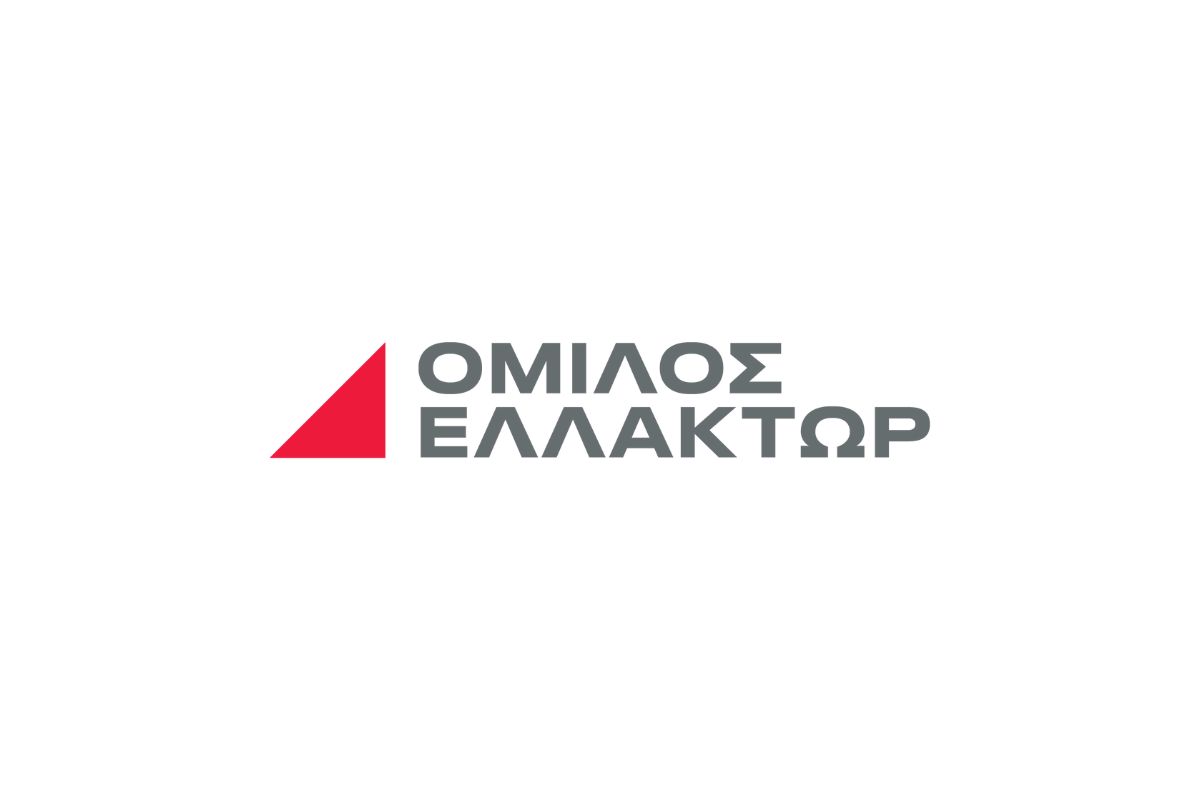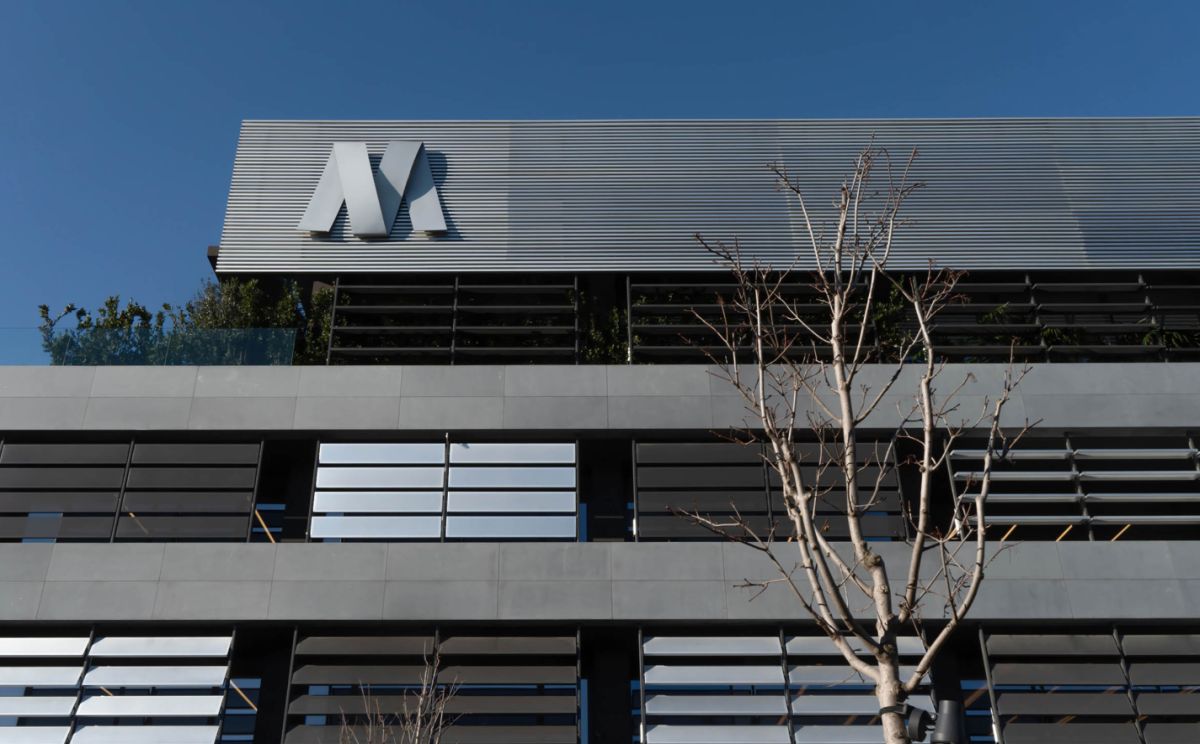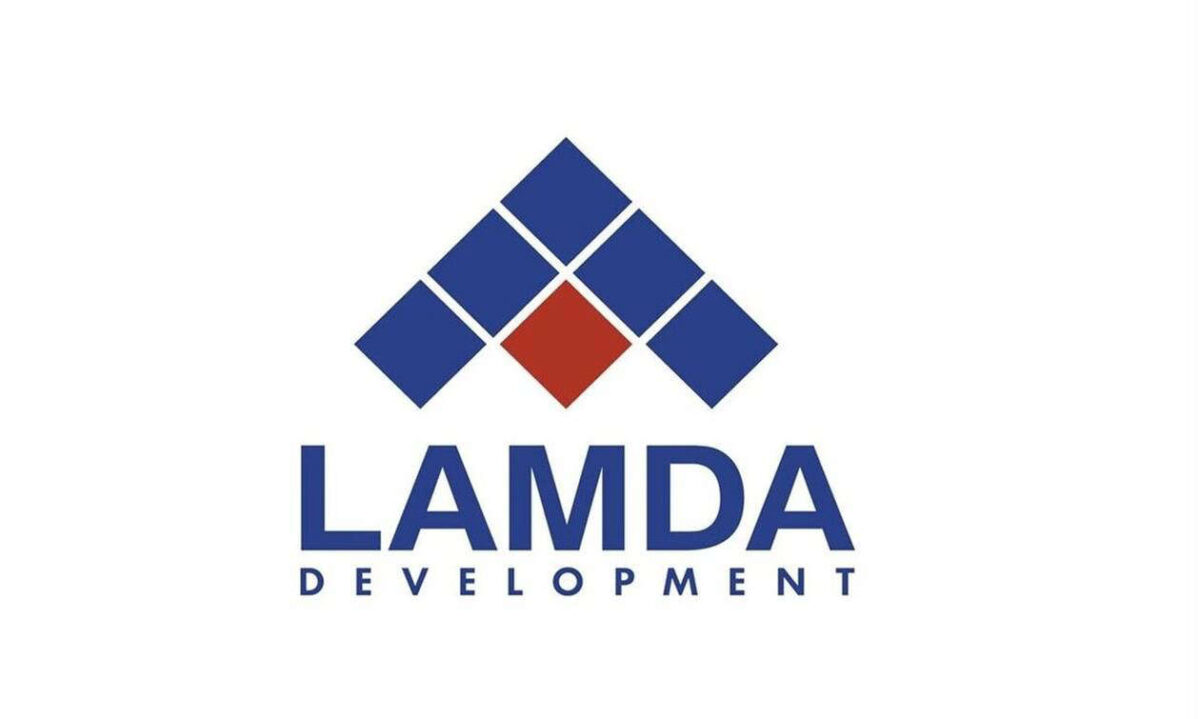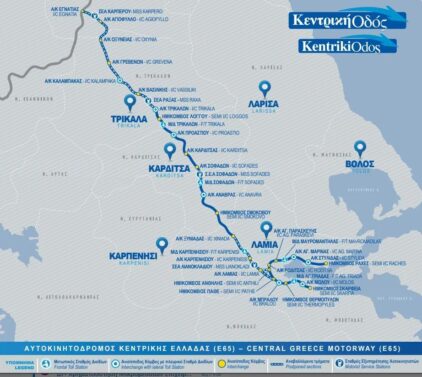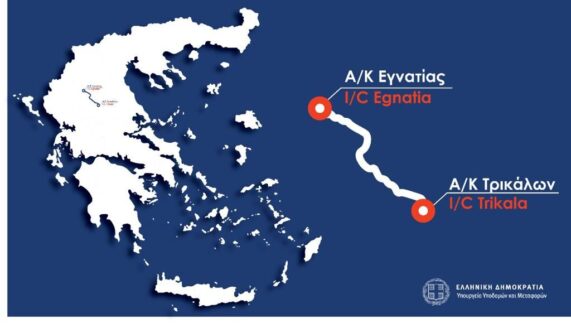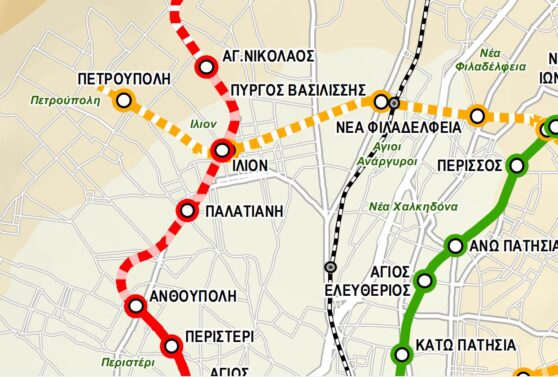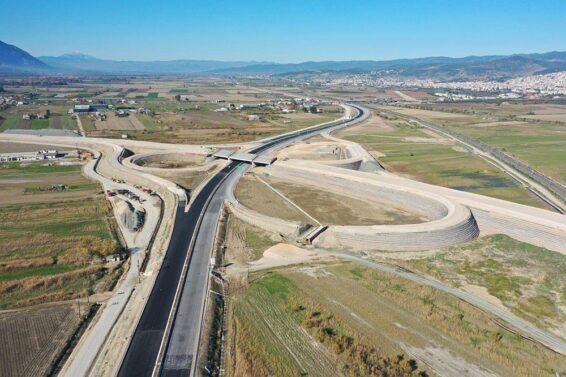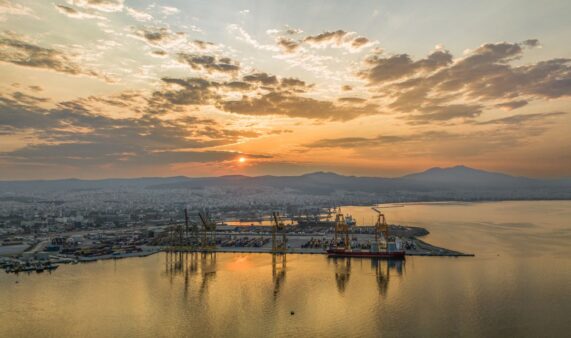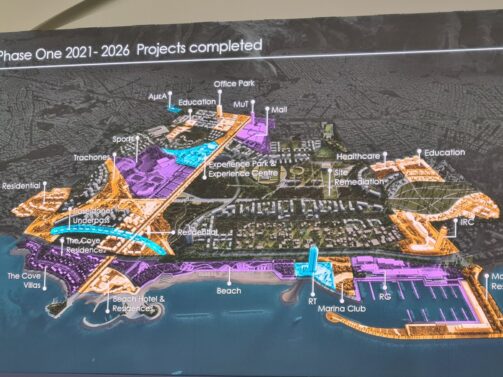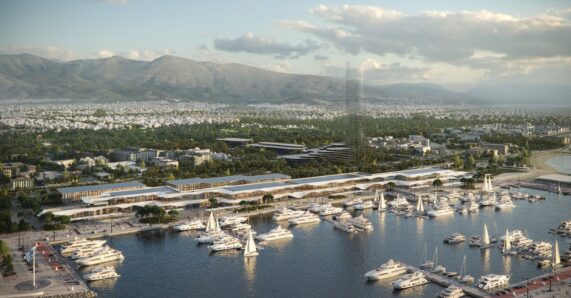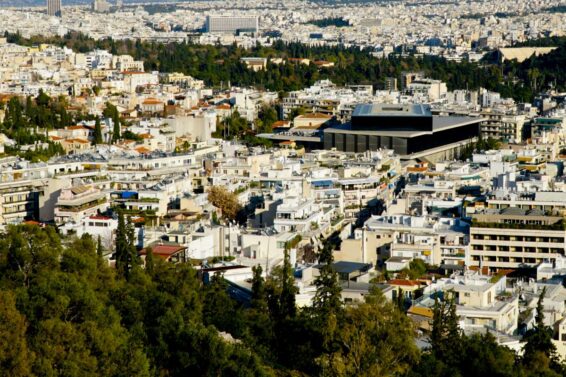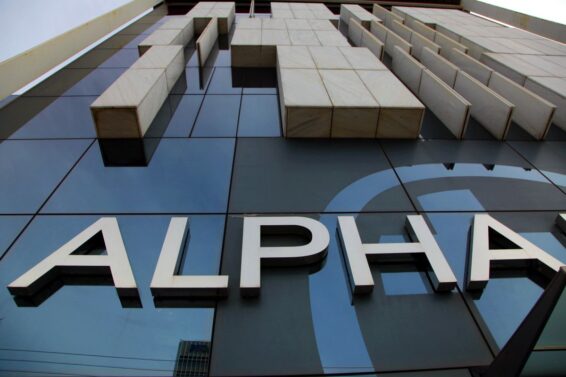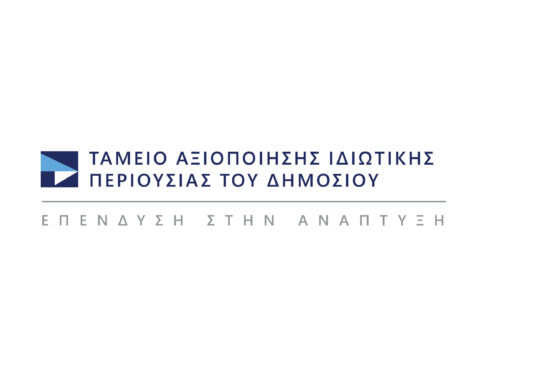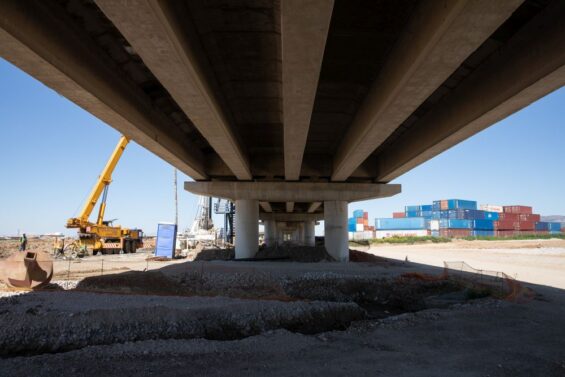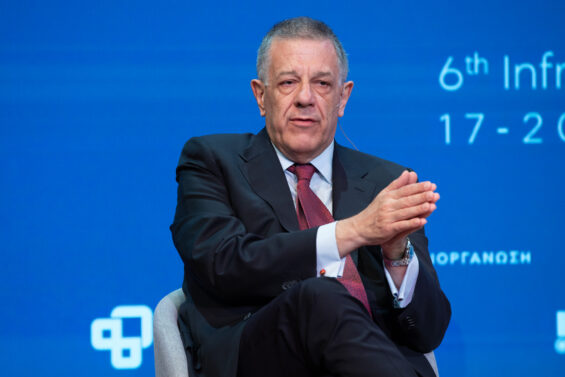After the initiation of the project of the eastern part of the Northern Road Axis of Crete, the further expansion of the country’s major intercity highways enters the implementation phase. It is a big deal for a country like Greece, which used to be a queue of closed motorways in Europe, to be able to boast that it now has one of the most modern and adequate networks in the EU.
The new highway
VOAK with a length of almost 300 kilometers, according to the official plan, will cover the entire northern coastline of Crete and will contribute the most to the geometric reduction of fatal accidents and correspondingly to the increase of road safety and speed. It is estimated that the middle section from Hersonissos to Neapolis will be signed in 2022, while the main section from Chania to the hersonissos will be signed in 2023. In the future, the road is expected to be extended westward to Kissamos. It is, together with the Thessaloniki Metro and line 4, the most basic projects in the planning of the Ministry of Infrastructure and Transport.
Its full implementation, which will probably need to start from the end of 2025 for the eastern part, to reach the end of the current decade will change the transport of the island and strengthen the commercial profile and tourism product of Crete. It is the start of a major project, the largest new motorway in Europe.
The Continental Network
The continental network of Greece is almost 2,200 kilometers long and covers almost the entire country. Olympia Odos (Elefsina-Corinth-Patra), Ionia Odos (Antirrio-Ioannina), Nea Odos (Metamorfosi-Skarfeia), Kentriki Odos (Xyniada-Trikala and Petalo Maliakou), the Aegean Motorway (Raches-Larissa-Kleidi Imathia), the Moreas Motorway (Corinth-Kalamata and Lefktro-Sparti) together with the wide network of Egnatia Odos (Igoumenitsa-Thessaloniki-Kipoi Evros and vertical axes) have created an important network.
Who would have imagined a few years ago that to go from Athens to Ioannina it would take only 3 hours and 30 minutes, from Thessaloniki to Patras also 3 hours and 30 minutes or from Katerini to Alexandroupoli 3 hours.
This network has a great impact beyond its passenger dimension, on commercial transport. Products can much more easily move to the country’s major markets or reach exit gates (ports, airports, border stations) and go to European markets. Drivers and passengers move in comfort, speed and safety. It is no coincidence that the country’s road safety levels have improved tremendously in the last five years, when this network was in operation.
The additions
At this time, important additions to this network are being implemented. In addition to VOAK, which is already on track for implementation, a number of projects are being built or are being prepared. The aim is that by 2025 there will have been a significant expansion into several new areas.
On Kentriki Odos-E65, the southern section (Lamia-Xyniada) and the northern section (Trikala-Kipourio Grevenon) are being constructed. It is estimated that gradually by 2024 the highway will have its final form connecting Central Greece with Western Macedonia in less than 2 hours.
At the same time, the Aktio-Ambrakia highway is progressing with a length of 48.5 kilometers. About 31 kilometers are in traffic (Aktio-Vonitsa and Drymos-Ambrakia) and 17 kilometers remain where it is estimated that they will be completed and operational in 2023. The project will give new possibilities to road travel and to the Ionian islands which will be connected much more quickly compared to today.
At Olympia Odos, the western extension from Patras to Pyrgos started a few months ago with three construction sites running simultaneously. At the same time, as a new addition, the studies for the southern section Pyrgos-Kalo Nero-Tsakona were initiated. This project makes the original plan of 2005 a reality with Olympia Odos starting from Elefsina and ending via Patras in Messinia and Tsakona.
Also, the tender for another section on the vertical axis of Egnatia, Xanthi-Echinos, is progressing while the works for the Alexandroupolis Ring Road are underway. A few days ago, the tenders for the road sections Thessaloniki-Edessa and Drama-Amphipoli through PPP also started.
Finally, the PPP project for the Kalamata-Pylos-Methoni section is also in the final tender phase. The signatures are estimated to be a matter of the next months. At the same time, the northern end of Ionia Odos from Ioannina to Kakavia is being prepared. The project will be financed by the NSRF 2021-2027, so the tender is likely to start in 2023.
With these additions, the Greek motorway network will exceed 2,900 kilometers and reach almost 3,000 kilometers.
Urban highways
We also have mobility on issues regarding urban highways. In autumn, it is estimated that the PPP project for the flyover of the Regional Thessaloniki will be signed, which will change the data of movement in the city. Together with the Metro, it is believed that they will give big breaths to the traffic saturation that the city has been experiencing for years.
In the capital, planning for the extensions of Attiki Odos is progressing. It looks like 4 expansions will go ahead. The extension of Kymi Avenue is already in tender as a public project and it is assumed that it will be signed by the end of 2022. From then on, it will proceed as shown by the project of the urban tunnel of Ilioupoli that will connect Kareas with Vouliagmenis Avenue. It is considered to be a project that continues the free road ring of the urban complex of Athens.
Then we find the extensions to Rafina and Lavrio interesting. Simultaneously with the expansion of the Suburban Railway, a great effort is being made to highlight the regional ports of Attica with their road and rail connections. Regarding the implementation of the three projects, the final decisions of the Ministry of Infrastructure and Transport are awaited.
The role of the European Union
Of course, it is worth mentioning that the role of the European Union is fundamental in this development of the highway network that the country is proud of. Without a doubt, her contribution was and is crucial and without her the picture might have been significantly different. The continuous funds flowing in from the European programs have essentially helped in the implementation of all these visionary road projects for Greece. The country interconnected with trans-European axes can play an important role in European transport.
It is a fact that for the country, this network is a strong asset in the effort to develop freight centers and more generally in the possibility of strengthening itself as an international transport hub. Strengthening this network gradually by the end of the decade could attract investment and increase employment, and the country could benefit from the bet of the United Europe.
ΜΗΝ ΞΕΧΑΣΕΤΕ
- Ακολουθήστε το ypodomes.com στο Google News και μάθετε πρώτοι όλες τις ειδήσεις για τις υποδομές στην Ελλάδα
- Αν είστε επαγγελματίας του κλάδου, ακολουθήστε μας στο LinkedIn
- Εγγραφείτε στο Ypodomes Web TV

